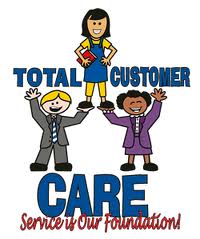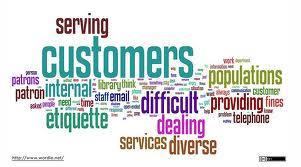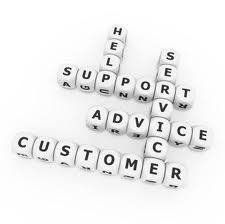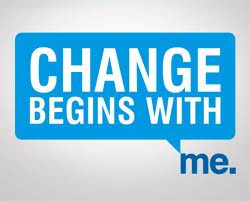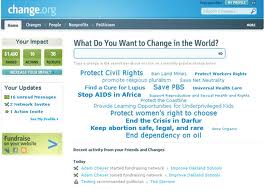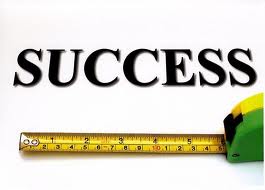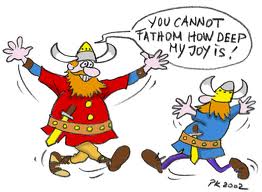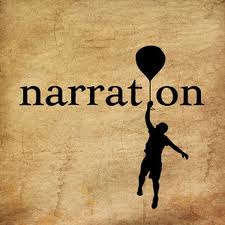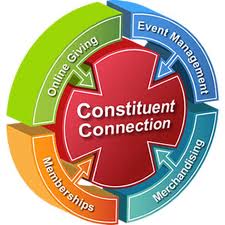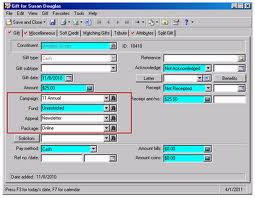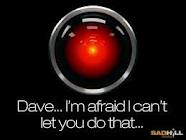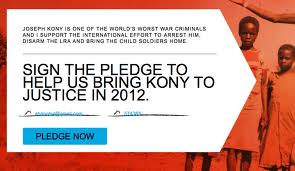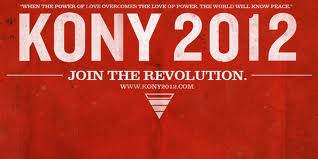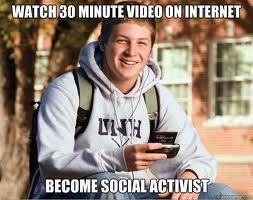Yesterday’s post titled “Time in the office versus time with donors” begged more questions than it answered. Today, we’re going to zoom in on one of those questions and examine it more closely.
Should the executive director be more responsible for relationship building than the development director?
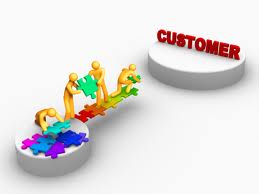 I have always advocated that, regardless of how hard they try, a non-profit executive director cannot abdicate their role as their agency’s chief development officer. Even when an organization is lucky enough to have a fully staffed development department with talented fundraising professionals, the executive directors is ultimately the person who needs to provide vision and direction.
I have always advocated that, regardless of how hard they try, a non-profit executive director cannot abdicate their role as their agency’s chief development officer. Even when an organization is lucky enough to have a fully staffed development department with talented fundraising professionals, the executive directors is ultimately the person who needs to provide vision and direction.
I think Harry Truman said it best when he said, “The buck stops here!”
Of course, this doesn’t mean that the executive director needs to be the person out on the street cultivating and stewarding relationships with every prospect and donor.
To answer the question posed at the beginning of this post, I believe it is as simple as taking an inventory of who does what well. While I firmly believe that prospects and donors prefer meeting the executive director and developing a relationship with him/her, there may be situations where the executive director doesn’t possess the requisite relationship building skills to cultivate and steward people to the extent necessary for a successful fundraising program. If this is the case, then the answer becomes simple . . . whoever is the natural “people-person” takes on the lion’s share of cultivation and stewardship.
It really can be that simple. Right?
 How do you know if someone is a natural relationship builder? Here are a few things I lused to ook for when I interviewed fundraising professionals:
How do you know if someone is a natural relationship builder? Here are a few things I lused to ook for when I interviewed fundraising professionals:
- If their network is big, then there is a good likelihood that they are good at building relationships.
- Do they keep in contact with their network? If so, then they are most likely someone who intuitively knows how to maintain relationships.
- Have they ever “taken advantage of” someone and violated their trust? Trust is a foundational issue in building relationships, and it is something good fundraising professionals know how to navigate.
- I always like to learn more about what is being talked about between a relationship builder and the person with whom they are trying to build a relationship. Why? Because good relationship builders are inquisitive and take an interest in the prospect or donor.
Again . . . while I personally prefer that the executive director takes on this role, it doesn’t always work that way and the fundraising professional might need to become the primary cultivation and stewardship person for the agency. It might also become something where certain board volunteers need to help step-in and help. Regardless, the executive director cannot abdicate this role completely and must find places where they are comfortable meeting prospects and donors.
In these circumstances, it is important to clarify roles and responsibilities and the executive director needs to take the initiative in doing this. Off the top of my head, the following are a few tools that can and should be used to achieve clarity:
- written annual performance plan
- weekly contact reports
- written comprehensive resource development plan
- weekly in-person checkpoint meetings
- written cultivation & stewardship plan
- Moves Management program
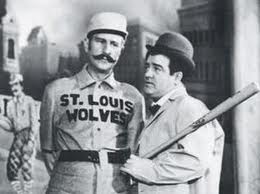 Doing an inventory of skill sets and assigning and managing roles and responsibilities for cultivation and stewardship activities will keep your agency from sounding like Abbott and Costello in their famous Who’s on First? comedy sketch. It will also likely help you answer the difficult question posed in yesterday’s blog post about how much time needs to be spent outside of the office compared to behind your desk.
Doing an inventory of skill sets and assigning and managing roles and responsibilities for cultivation and stewardship activities will keep your agency from sounding like Abbott and Costello in their famous Who’s on First? comedy sketch. It will also likely help you answer the difficult question posed in yesterday’s blog post about how much time needs to be spent outside of the office compared to behind your desk.
Who is the person primarily responsible for cultivating prospects in your agency? Who stewards your donors? What tools and strategies are used to maintain clarity? Please scroll down and share your thoughts in the comment box below.
Here’s to your health!
Erik Anderson
Founder & President, The Healthy Non-Profit LLC
www.thehealthynonprofit.com
erik@thehealthynonprofit.com
http://twitter.com/#!/eanderson847
http://www.facebook.com/eanderson847
http://www.linkedin.com/in/erikanderson847



